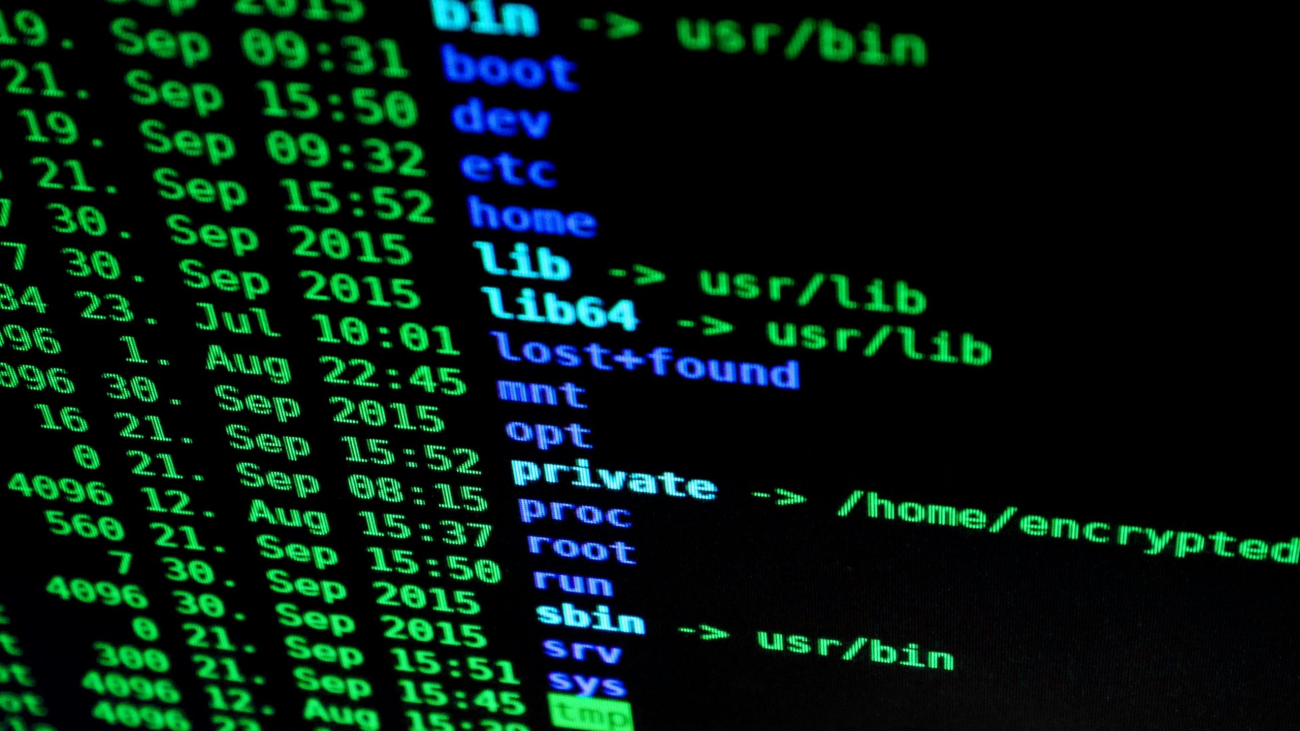Encryption is another way to protect your data from hackers or unauthorized users. This blog discusses how to maintain robust network security and explains how advanced encryption applications can enhance other areas of security. Read on for more!
Why Encrypt?
Of course, everything is open in the digital world, but much sensitive information is protected by encryption. So, what is encryption? Encryption is like a secret code that makes data unreadable to unauthorized users. You’d need a key or code of some sort to unlock it. There are multiple reasons for using encryption in this day and age.
Firstly, encryption helps verify a sender’s identification. This authentication method is great to make sure the sender is who they claim to be. Also, encryption is good for verification. When the sender sends proof of their identity, it can make sure both parties are legitimate in having access. However, without encryption, your sensitive data is at risk of being intercepted and misused, potentially leading to significant financial and reputational damage.
Another great reason encryption is great is for data consistency. Data can often be altered or changed, and encryption makes it much harder to do this. Encryption ensures the data is intact and not messed with.
Advanced Encryption for Network Security
If you are in a company or business dealing with sensitive information, advanced encryption applications are most needed. Dual encryption, which requires two levels of encryption, can help in protecting sensitive information. Also, it can remain a barrier to unauthorized access. So, how do you get this encryption software on for your network security? Companies like Fognigma are known for offering user-friendly network security services as well as strategies to keep in mind like:
- Access Management:
- Ensuring that only authorized users can access sensitive information.
- Intrusion Prevention Systems:
- Detecting and preventing unauthorized access attempts.
- Zero-Trust Network Security Implementing WPA or WPA2 to enhance network encryption, ensuring a more secure environment.
Best Practices for Network Security
What can you do currently that is considered a good protocol for safe network security? There are a couple of things to remember, including avoiding default settings for any network name or password. Make sure your passwords are unique with complex combinations. Simple passwords are easy for hackers to solve and be able to gain access to your personal information. Also, make sure to monitor your network activity continuously. If you feel security threats are present, contact an IT professional to work to get them out.
What is IOT Encryption?
IOT mainly means the Internet of Things, so incorporating encryption is securing communication and data between devices connected to the Internet. For instance, IOT encryption can be a network security software for remote teams to communicate with each other via message or email. These advanced encryption applications give hackers a lot harder time trying to break into the data and put up a safeguard wall so that only authorized devices or users can have access to communicate. A lot of businesses incorporate IOT encryption as part of their overall internet security strategy.
Benefits of Using IOT Encryption
- Protection Against Cyber Threats: With the rapidly growing number of interconnected devices, the potential for cyber threats has also increased significantly. Using IOT encryption helps prevent these threats by securing data and communication channels between devices.
- Secure Data: IOT devices often collect and transmit sensitive data, such as personal information or financial details. Advanced encryption applications ensure that this data remains protected during transmission, reducing the risk of data breaches.
- Compliance with Regulations: Many industries, such as healthcare and finance, must comply with strict data security regulations. Implementing IOT encryption helps businesses meet these standards and avoid potential penalties or legal repercussions.
- Maintaining Brand Reputation: A data breach can have severe consequences for a company’s reputation and trust among customers. IOT encryption helps prevent such incidents, safeguarding the brand’s image and maintaining customer confidence.
What can happen if a hacker has a company’s data?
If, in a worst-case scenario, a hacker has access to your company’s data, there are a few possible outcomes. One is that there is a significant financial loss. Hackers can use sensitive financial information to their advantage and steal money from their customers or the company as a whole. Second, there can be data manipulation. So, if your company deals with important data, these hackers can alter or get rid of any information. Third, there is identity theft; with financial information, hackers can also access employees’ personal information, like their social security numbers. This can be stolen and then sold to others.
Finally, there may be legal consequences. After hackers have gotten into the company’s system, the company could face legal repercussions for not properly securing its data and compromising the personal information of its employees and clients. So, overall, it’s extremely important to take cyber security seriously and have protection in place.
Conclusion
Companies nationwide need security, whether it be to secure communication, files, virtual meetings, or any other sensitive data. To make sure it’s in safe hands, look into advanced encryption applications for better network security. Fognigma can point you in the right direction to strengthen your network. Just reach out to us today to learn more, and we will help your business stay secure in the online hacking world. Make sure to stay secure, stay vigilant, and take the first step toward a safer digital future.


